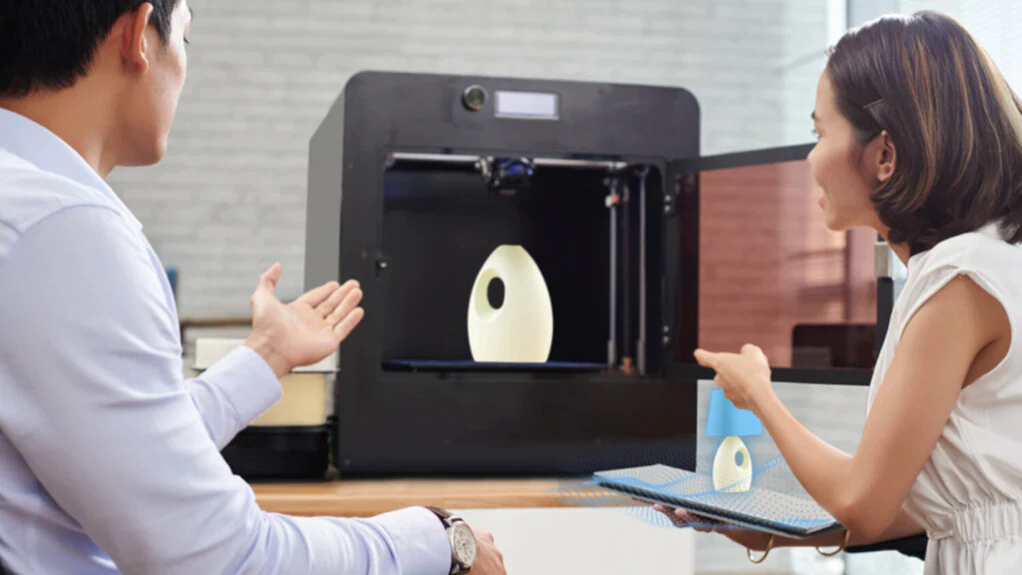Our Technology Challenges for a Post-mobile Society
By Michael Björn
Originally published by Ericsson
In Sweden, all Covid-19 restrictions were lifted on February 9, prompting a rush to night clubs, restaurants, and sports events. The news is full of people describing the joy of finally being able to meet in person. But will we really go back to life as it was before the pandemic? Michael Björn considers the case of a post pandemic, post-mobile society.
On the work-life front, going back to life before the pandemic doesn’t seem to be part of the plan. Among Americans who work from home – although they have a workplace outside their home – 61 percent now do it by choice, compared to only 38 percent who say they do it because their workplace is closed or unavailable. What if the same happens in the private sphere as well? What if, after the initial rush of getting back to normal, we start thinking that doing things like shopping, socializing and vacationing closer to home may, in fact, be more convenient than trying to be all over the place all the time like we were before?
What if we have reached peak mobility?
Let us go back to the work situation. I live some 600 kilometers away from the Ericsson head office. Before the pandemic, I was usually a disembodied voice in a speakerphone on a meeting room table. But these last two years, I have been as present as everyone else. The technology involved in video meetings needs much improvement, but at least it has levelled the field for me. Anyone is just a video call away. So I very much dread going back to being a speakerphone voice again. But more interestingly, physically going back to the workplace is also proving stressful for many, as they go back and discover offices that are noisy, uninspiring and generally difficult to get work done in.
In parallel, will we now suddenly feel equally stressed in other crowded areas, such as shops, leisure facilities and resorts too? Only time will tell.
In a post-mobile society, the local, physical environment would likely become much more important to people. Technology would also have to become better at bridging distances and create a real sense of presence as opposed to the flat and ultimately not very satisfactory experience that something like a video meeting gives you.
But this is about much more than better online meetings. Here are some of the challenges I believe we should consider for the future:
Decentralize cities
I am not an expert, but it seems to me that most cities are too structured around functional areas, with residential, commercial, leisure, office, agricultural and industrial zones geographically separated and driving a lot of star-shaped mobility with a central station being the fulcrum one must return to each time a new activity is initiated. Back and forth between periphery and center all day, even though the distances as the crow flies may not be huge. I believe new technology could enable local, small, connected and capable variants of all these functions while allowing them to coexist literally door to door. For example, small shops that use brick-and-portal approaches to expand their range of products, local community offices that offer telepresence teleportation into head offices, or decentralized manufacturing facilities that provide local assembly and 3D-printer based customization.
Digitalize to reduce travel
Could we fundamentally rethink products and services that target the physical domain? Rather than follow the tangent, what if, for example, we asked a bunch of online games programmers to invent a new racket sport? Maybe they’d locate players on separate courts and connect them digitally instead! We need to find ways to develop services that explicitly try to reduce the need for travel. Just think – sports that let teams compete physically separated on equal terms, concerts that span multiple smaller venues in real time, hybrid gyms, hybrid workplaces… the list could be very long.
In addition, although the pandemic may slowly be receding, the climate crisis is still getting worse by the minute. In our Ericsson ConsumerLab research, we have been tracking consumer concerns for 20 years, and whereas most concerns are surprisingly stable over time, the concern for the climate has been rising in all countries. In fact, when it comes to consumer concerns over these two decades, you might say that climate change is the only change. And it is now impacting consumer choices. As an example, the climate crisis was one of the top three adoption drivers in our Internet of Senses report. And more recently, we saw early adopters increasingly thinking of AR/VR as a way to avoid travel and reduce their carbon footprint. One-third of AR/VR users even said that travelers will post less on social media to avoid being seen as “climate cheats”.
Digitalize to dematerialize consumption
Similarly, there seem to be lots of opportunity to dematerialize physical consumption.
Streaming has replaced buying CDs and DVDs, but maybe more can be done. Can we use digital fashion to reduce the waste of clothes? Could we wear virtual makeup? Can we develop more multi-modal interfaces so that digital experiences do not have to feel like cheap copies of their physical counterparts? Can hybrid technologies that involve both physical things and digits allow for new products that are better than those we have today and at the same time more sustainable?
Make products repairable
In the pre-digital era, we repaired things when they broke. I had a job repairing video tape decks, for example. No, those weren’t the good old days, but throwing everything away like we do today is not an improvement. I can understand that the general increase in salaries combined with increasing productivity in manufacturing over the years has made it too expensive to have humans working on how to fix broken things, since that can sometimes be quite time consuming. But now that we have capabilities like automation, machine learning and AI, maybe we can put that technology to use in the repair market?
I can’t say that I am an expert on the topics above – not on a single one of them. So maybe these challenges need to be worked on and improved. But these were some of the thoughts that occupied our minds when we were working on the latest 10 Hot Consumer Trends 2030 report, where early adopters were asked to evaluate future hybrid concepts.
And to inspire you further, we decided to conceptualize all these activities in a local mall near to where you live. Maybe your local mall isn‘t very big, but by being connected to countless other malls, what if it provided services that are just as satisfactory as the big malls, and could offer things that were previously unthinkable?
Welcome to the Everyspace Plaza, where travel is not necessary, thinking globally means being telepresent anywhere and acting locally does not entail compromising on activities.
Want to know more?
Read Michael’s previous blog post, Can the show go on? ABBA, avatars and the future of concerts
Read more about future technologies.
Read whether AI can help to build our future society.
Read more about networked society insights.



